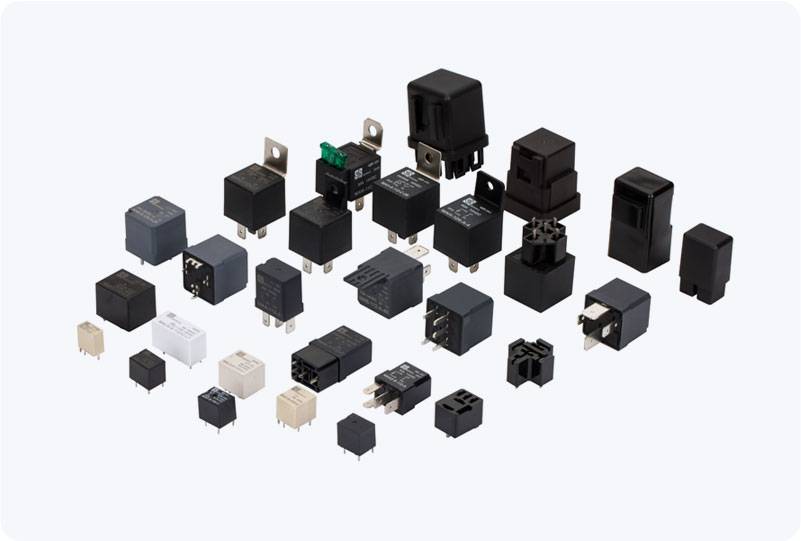understanding the dual relay module: a key component for automation and control systems
Release time:2025-05-03 08:48:05
The Dual Relay Module is a versatile and essential component in modern automation and control systems. Often used in conjunction with microcontrollers like Arduino, Raspberry Pi, or other similar platforms, this module enables the switching of high-voltage devices with the help of low-voltage control signals. Its applications span across various fields, from home automation to industrial control, offering a convenient and efficient solution for managing electrical loads.

What is a Dual Relay Module? A Dual Relay Module consists of two independent relays that can be controlled separately. A relay is an electrically operated switch that allows a low-power signal to control a high-power circuit. Each relay in a dual relay module can handle a specific amount of current and voltage, and typically, the module provides a set of pins for controlling the relays' operation. These relays can be used to control devices such as motors, lights, or even home appliances, making them highly adaptable to different applications.
The module is typically designed to interface with microcontrollers or single-board computers, such as the popular Arduino or Raspberry Pi. These platforms provide digital output pins that can activate the relays when necessary, enabling the module to turn the connected high-voltage devices on or off remotely.


